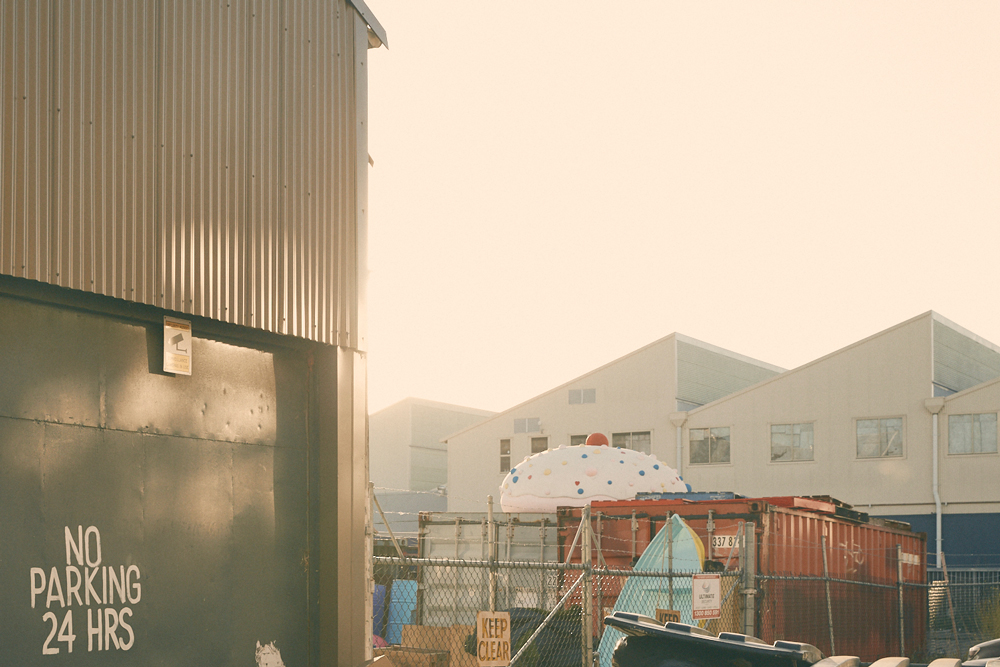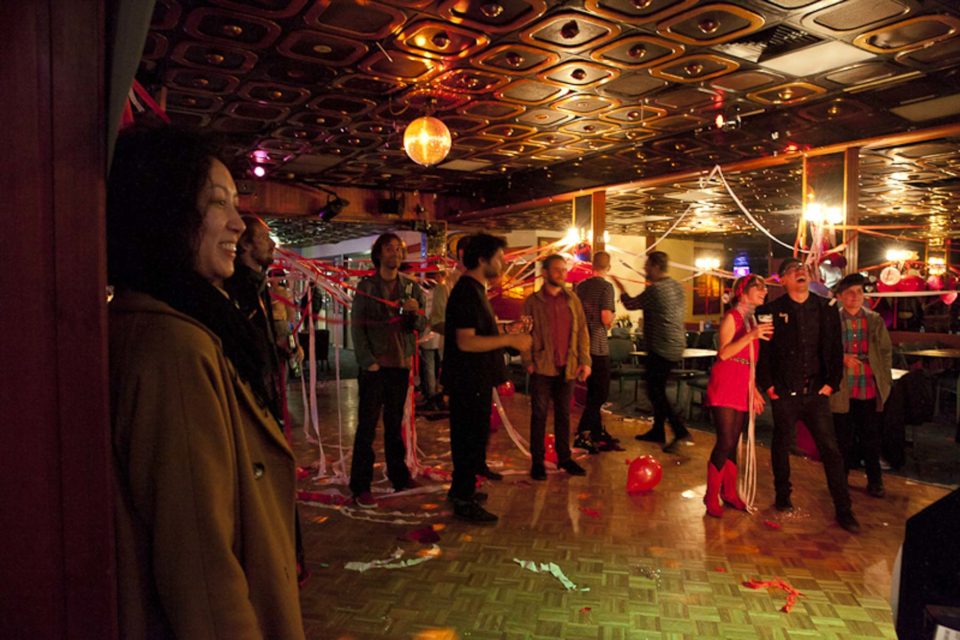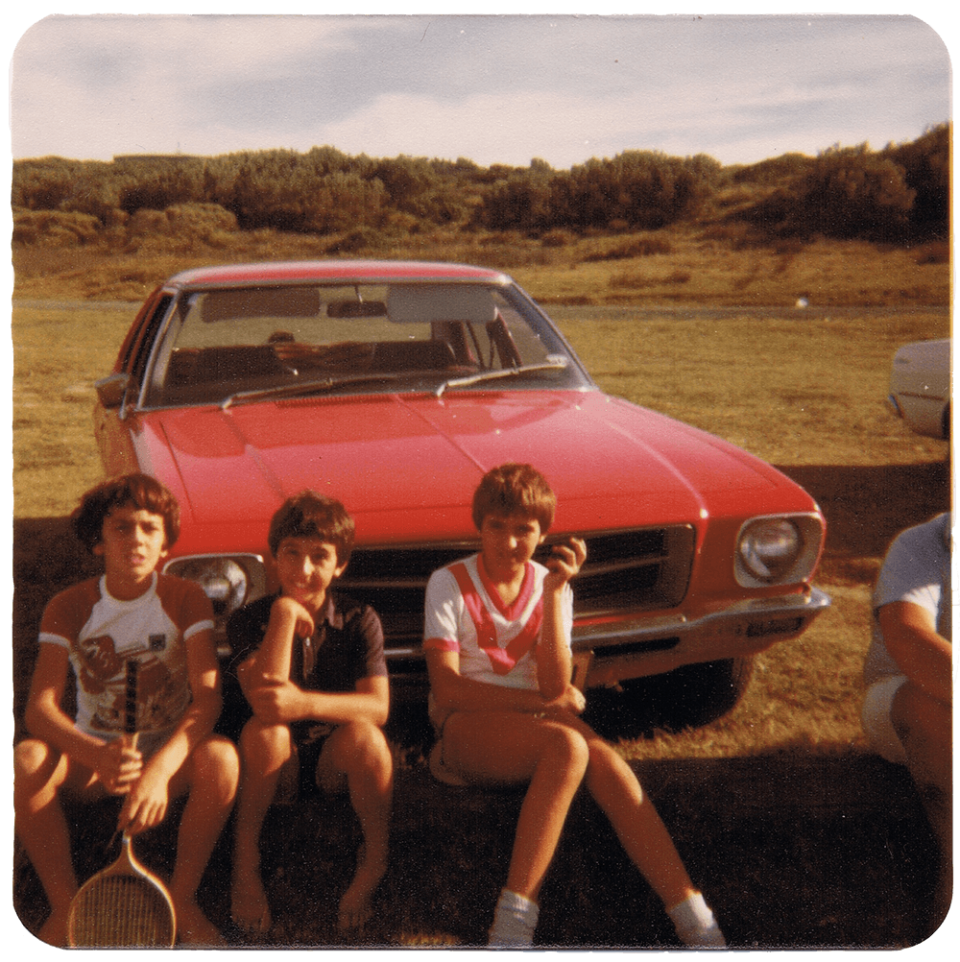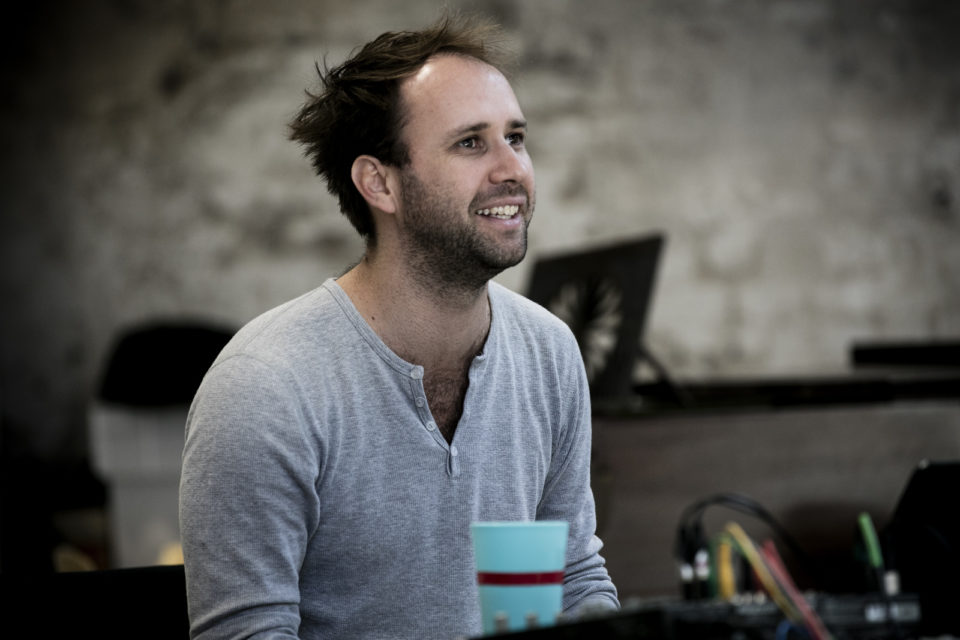The industrial lands that straddle the train line dividing Marrickville and Sydenham may look like a workhorse ready to be retired. But, in fact, they are something of a unicorn – increasingly rare dedicated industrial zoning close to the CBD, airport and Botany.
For around five years, since before amalgamation, Marrickville Council has planned for this area to be a “vibrant entertainment and employment precinct”. To this end, the Sydenham Creative Hub would allow small bars, restaurants and cafes, and creative industries such as architecture firms, to operate in the general industrial zone.
At a glance, the proposal seems straightforward enough – retain traditional industry, build flexibility into the employment lands by creating provisions for newer creative industries, and eke out a place for live music venues under the flight path, away from noise complaints from residential neighbours.
But underpinning the original proposal was a belief in the decline of manufacturing and assumptions that the area was crying out for revitalisation. This isn’t the case – warehouse and factory vacancy in the area is low and the area is alive with creative production and manufacturing. The proposal also assumed that creativity can be served out at small bars and trendy cafes. As similar land in the City of Sydney and inner west is given over to luxury apartments, retail, and entertainment, the question has to be asked: what creative vision do we foster, and for who?
In December 2017, competing visions for the area came to a head when Greens, Liberal and Independent councillors successfully voted for a pared back proposal that scraps commercial offices and confines new hospitality uses mainly to Marrickville Road. The decision followed a report presented by Council staff with independent analysis that cautioned against widespread changes to land use, as well as the Greens’ consultation with creative enterprises already operating in the area.
Mayor Darcy Byrne took to Facebook to slam his colleagues for “acting like the fun police” and killing off “Sydney’s best chance to establish a new live music precinct in an industrial area where there won’t be any noise complaints”. At Inner West Council’s February meeting, when the pared-back version of the proposal was upheld, Byrne accused the Greens of having been lobbied by local business, M&J Chickens, and siding with “mass chicken slaughter” over musicians and artists. The Greens asked for an apology but didn’t get one.
This messaging tells voters half the story. ‘Entertainment facilities’ are already permitted under the existing zoning (although experts argue compliance requirements of this land-use category do make it difficult to establish smaller, especially not-for-profit, venues). Camelot Lounge hosts world music, gypsy jazz and slam poetry events in an austere looking building opposite the train station, “Deep in the Heart of Industrial Marrickville,” as the venue’s website describes.
Beyond the Mayor’s rhetoric of policing play, this political tussle could become a long overdue focus point for us to clarify the role of creativity in our cities. Rather than uncovering a post-industrial wasteland, the sustained interest in this area has highlighted the delicate ecosystem that exists within inner-city industrial zones. Low rents and vacant warehouses ripe for frugal re-invention have fostered indie subcultures and their unauthorised venues, galleries, rehearsal and art studios.
Not far from Sydenham station, in a cavernous warehouse that overlooks the stormwater basin, audiences once sat on the mottled concrete floor to watch experimental music or socialise around clusters of second hand couches between bands’ sets. This space closed in 2012 because it was too difficult and expensive for its operators to modify a leased, neglected building in order to satisfy the safety requirements of operating as a venue. Non-traditional venues like this have more in common with industrial neighbours than with the kind of fine dining establishments of Chippendale Creative Precinct.
Today, if you walk the perimeter of the proposed hub, you’ll pass smash repairers, art galleries and studios where skill-sharing workshops take place as freight trains pass by, and inhale the smell of roasting coffee beans. Continue walking and you’ll reach the industrial enclave of Carrington Road, which is slated for high-density residential rezoning. Research led by Chris Gibson at the University of Wollongong shows that Carrington Road already supports an important industrious interface of creative enterprises and manufacturing. Yet, in political and bureaucratic speak, the term ‘creativity’ has become a catch-all for everything from grassroots arts to pop-up retail, often ignoring ‘making’ in favour of ‘fun’.
The Mayor’s reference to the “fun police” is, tellingly, a vision for a creative city as a playground. However, as urban geographers have found, creative areas designated through planning often transform from supporting ‘makers’, to primarily privileging consumption, while the associated rent hike forces out creative producers and subcultures. A designated hub focused on consuming food and drink alongside entertainment may actually push out the very creativity the proposal intends to support.
This contradictory outcome is a problem for a truly creative city, which renowned urbanist Jane Jacobs argued is a diverse city. As Sydney’s colourful zoning maps become less a rainbow of land uses, and swathes of residential red and accompanying entertainment precincts replace the lilac zones that denote industrial lands that already support innovative creativity, our city becomes less diverse.
Ahead of the Inner West Council’s review of its Local Environment Plan, we have a chance now to interrogate a particular and predominant notion of creativity-as-consumption that continues to guide planning decisions, and to find ways to maintain space for the makers and indie subcultures that may not turn large profits, but certainly contribute to the city.





